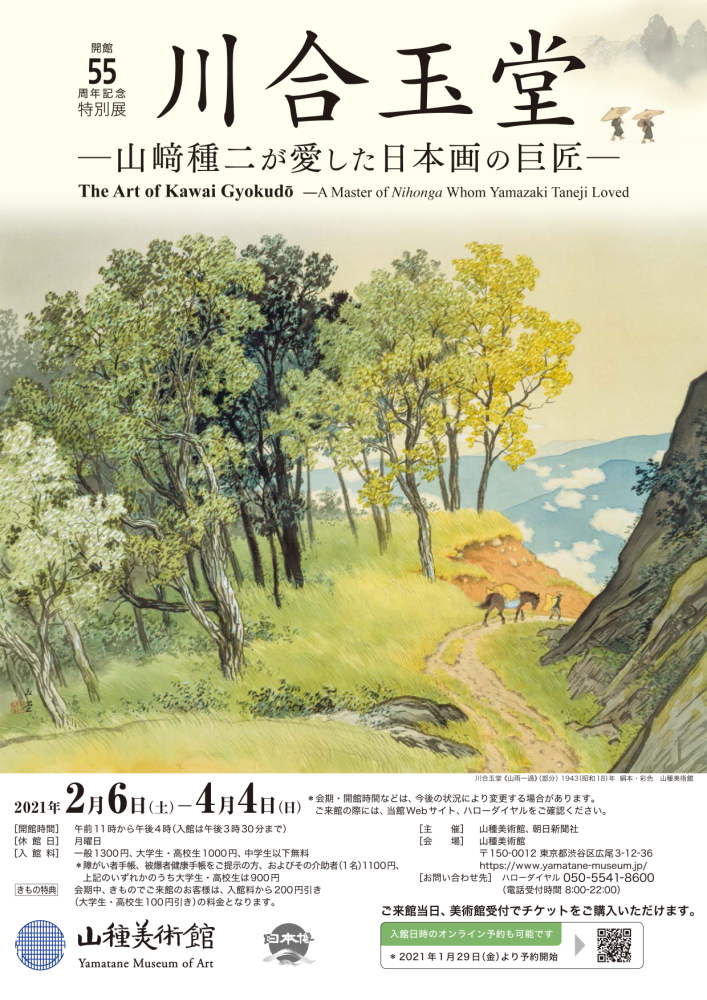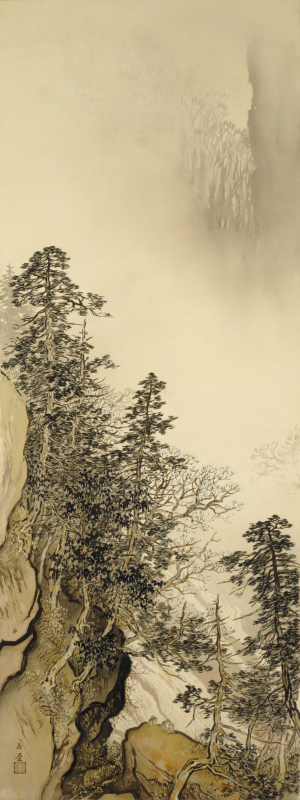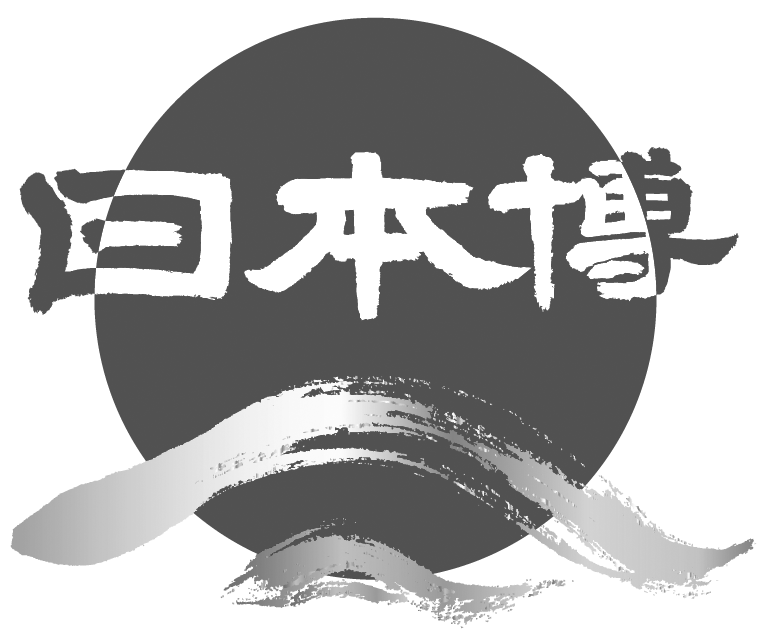Past Exhibition
The Art of Kawai Gyokudō
―A Master of Nihonga Whom Yamazaki Taneji Loved

6 February (Sat.) – 4 April (Sun.) 2021
(Closed on Mondays.)
Admission Fees: Adults: 1,300 yen; university and high school students: 1,000 yen; middle school and younger children: free of charge (but must be accompanied by an adult)
Disability ID holders and one person accompanying them: 1,100 yen (university and high school students: 900 yen)
*Discount for those who are wearing kimono: Discount of 200 yen for adults, 100 yen for university and high school students.
Organized by: Yamatane Museum of Art and The Asahi Shimbun Company
Approximately 60 works in total are to be displayed.
Exhibition Overview
Kawai Gyokudō (1873-1957) created richly lyrical paintings of Japan’s natural environment and its people’s manners and customs. The Yamatane Museum of Art is delighted to present a retrospective exhibition of seven decades of Gyokudō’s work. Born in Aichi and raised in Gifu prefecture, Gyokudō studied with Mochizuki Gyokusen and Kōno Bairei in Kyoto before moving to Tokyo at the age of twenty-three. There he further polished his art under the guidance of Hashimoto Gahō. In Kyoto, Gyokudō had studied the Maruyama Shijō tradition. In Tokyo, with that as his foundation, he also incorporated the Kanō school style in which Gahō worked, enhancing and expanding his domain from traditional to modern landscape painting. In the process, Gyokudō became a central figure in the Tokyo art world, serving as a judge at the official exhibitions, teaching at the Tokyo Fine Arts School (now Tokyo University of the Arts), and being appointed an Imperial Household Artist. In 1940, he was awarded the Order of Culture.
Yamazaki Taneji (1893-1983), the founder of our museum, was good friends with Gyokudō, so much so that he frequently visited Gyokudō’s home in the rather remote Okutama district of Tokyo even during the war. Works by Gyokudō in the museum collection now total seventy-one, thanks to that relationship. Of them, this exhibition begins with Meiji-period works such as Cormorant Fishing, a masterpiece from his early period, and Hills and Streams in Autumn, in which Gahō’s influence is conspicuous. The artist showed his Breeze in the Pines, the Sound of the Waves at the Japanese Art Exhibition in Rome in 1930. It was followed by Spring Breeze, Spring Stream and Young Ladies Planting Rice, which present the essence of his art, with his blissful depiction of people living in harmony with nature. The exhibits also include Clear Morning, which Gyokudō showed in the first Nitten (Japan Fine Arts Exhibition) after the war. This exhibition thus traces Gyokudō’s path as an artist through a large number of magnificent works. It also focuses on people associated with Gyokudō, including Yamazaki Taneji, who supported him, his mentors Mochizuki Gyokusen and Hashimoto Gahō, and his student Kodama Kibō, introducing works and anecdotes that give a sense of their relationships.
We hope that this exhibition will be an opportunity to savor the intense gaze with which Gyokudō addressed nature, the warm character that led so many people to admire him, and the compelling appeal of his art.
 Kawai Gyokudō, Cormorant Fishing |
 Kawai Gyokudō, Breeze in the Pines, the Sound of the Waves Private Collection |
 Kawai Gyokudō, Rhododendrons |
 Kawai Gyokudō, Spring Breeze, Spring Stream |
 Kawai Gyokudō, Monkeys in Spring Valley |
 Kawai Gyokudō, Young Ladies Planting Rice |
 Kawai Gyokudō, Autumn Landscape with Colored Maple Trees |
 Kawai Gyokudō, A Pair of Cranes on a Pine |





